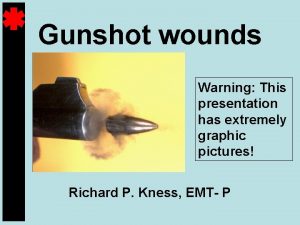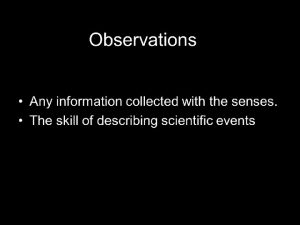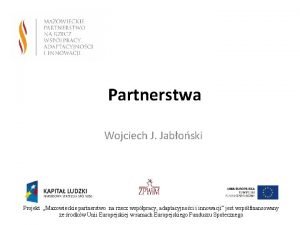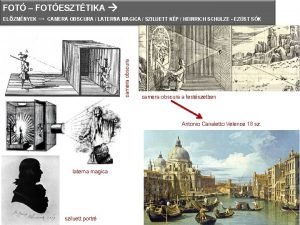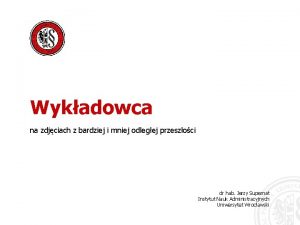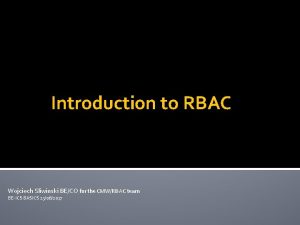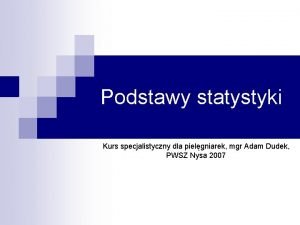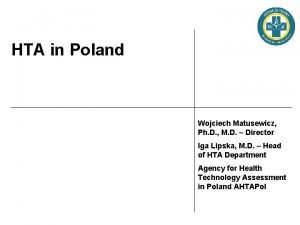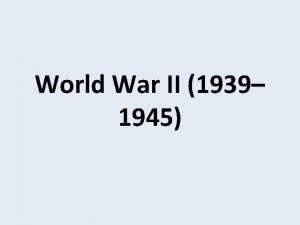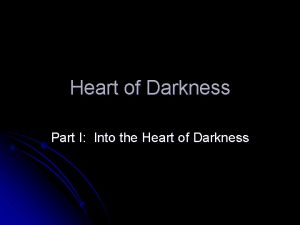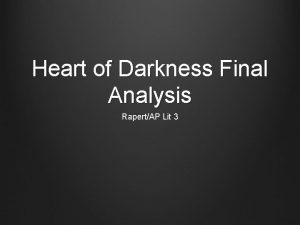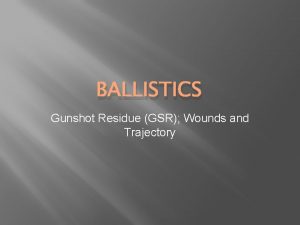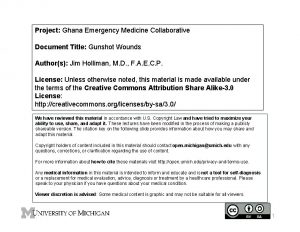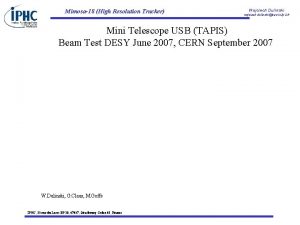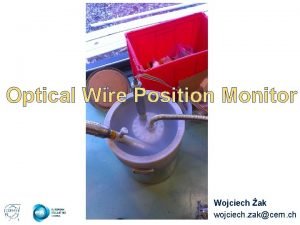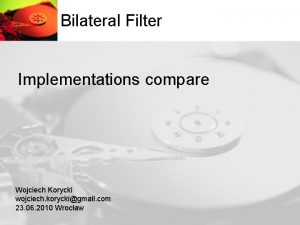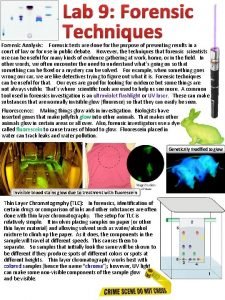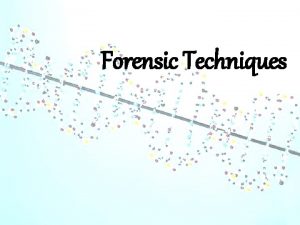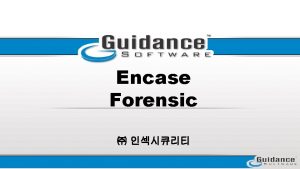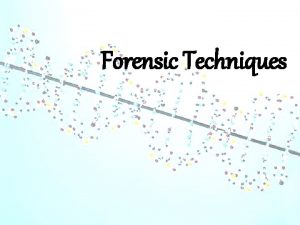Gunshot and Explosion deaths Wojciech Golema Forensic Medicine











































- Slides: 43

Gunshot and Explosion deaths Wojciech Golema Forensic Medicine Department, Medical Uniwersity in Wrocław

Main questions • • • What was the shot direction (from where)? What was the bullet direction in the body? What weapon it was, what caliber? What was the shot range (distance)? Is there any data to support suicide, murder, accident?

Firearm is a device that fires a projectile from a muzzle by mean of expanding gases produced by combustion of propellant (gunpowder). Projectile is capable to hit a target from a distance.

Pneumatic weapon It is a device that fires a projectile from a muzzle by mean of expanding gas (which was compressed earlier). Projectile is capable to hit a target from a distance and it’s energy while leaving the muzzle exeeds 17 J. The expanding gas comes usually from prefabricated cartridge with compressed gas or it is compressed by the piston in the cylinder.

Flint and percussion weapons Black powder is poured down the barrel. Followed by a paper or cloth and a lead bullet. All was rammed down the barrel with a ramrod. Ignition system – „lock”. Thus the weapon consisted of „the lock, stock and barrel”. Lock has a cock (hammer) with a flint, pan (place for loose gunpowder) and a steel cover the pan.

Small arms Handguns: single-shot pistols, derringers, revolvers, automatics Rifles Shotguns Submachine guns Machine guns

Ammunition Round (cartridge) = bullet + casing In previous years bullets were round. Now they are pointy or with rounded tip. Propellant: gunpowder („black powder” charcoal+sulfur+potassium nitrate); smokeless gunpowder (nitrocellulose/+nitroglicerin) Pyrodex – „synthetic” black powder

Missile wounds • • Firearms Bows & crossbows Air weapons Catapults, other shooting objects • Explosion: blast and missile fragments

Energy transfer: • High velocity of a bullet equals high kinetic energy. • Energy is transfered to tissues. • Energy transfer depends on bullet shape (pointy bullets travel deeper, but transfer less energy). • The denser the tissue the more energy will be transferred.

Cavitation • High velocity weapons (high kinetic energy) create wide cavity, not only bullet track. • Pressure changes create temporal cavity in tissues. The process is so violent it can create multipoint fractures without actually hitting a bone.

Tissue vulnerability play the most important role (ex. Liver).

Types of shot wounds • Closed shot (entrance wound and canal) • Shot through (entrance, canal and exit) Contact wounds, near-contact wounds, intermediate-range wounds, distant wounds

Unusual wounds • Graze and tangential wounds (bullet hitting the skin at shallow angle, without entrance nor exit, just superficial). • Superficial perforating wound (entrance and exit very close) • Reentry wounds and shoring of an entrance wound. • Ricochet from intermediary targets…

Shot wounds • Entrance wound • Canal • Exit wound (if present) A – grease ring B – abrasion collar C – burning D – soot or smoke soiling and powder tatooing

Entrance wound is usually smaller, more regular, resembles the bullet size. Has grease ring and abrasion collar. Exit wound is usually bigger, irregular, doesn’t resemble the bullet.

Untypical entrance wound

„Kroenlein wound”

Range estimation • • Contact (+ monoxide – Paltauf syndrome) Near contact (few centimetres) Intermediate range (30 -40 cm) Distant

Hard contact

Loose contact

Angled contact

Incomplete contact

Very close range Perpendicular Angled

Close range – powder tatooing

Bone wounds Wound broadens like a crater in the direction of a shot.

Further examination Clothing Material from entrance wound & canal Bones Soot from hands (gunpowder, GSR, trace metal). • Bullets, casings, weapon (bullet must be removed with blunt tweezers). • •

1. 2. 3. 4. 5. 6. Number of lands and grooves Diameter of lands and grooves Width of lands and grooves Depth of grooves Direction of rifling twist Degree of twist

Apart from bullet and barrel comparison: • • Cartridge markings. Base markings. Cythology and DNA typing of tissues on bullets Fingerprinting (very hard)…

GSR

Canal assessment • Angle of entrance and exit canal (with relation to all body axis) • Length • Level of entrance & exit wounds (measured from feet).

Pellet rounds Shotgun ammunition (shot): 1. Birdshot 2. Buckshot 3. Slugs


Other • Air weapons • Veterinary killers (captive bolt devices) & stud guns (industrial tools) • Rubber and plastic bullets • Potatoe gun…

Explosion • Blast effect • Impact from projectiles or surrounding objects impelled by the explosion. • Burns from hot gas • Secondary injuries from falling masonry, beams dislodged by the expolsion.

IED – improvised explosive device


It’s much cheaper to make a mine than to remove it. Therefore many countries just leave their mines in the ground…

Autopsy in explosion cases • • X-ray !!!! Victim identification Chemical findings Air embolism (vascular) • Any objects should be removed with a blunt tweezers (especially bullets).

Tasers Designed to be safe – direct current, low amperage.


Electrocution • Almost only accidents • Direct current – fairly safe. • Amperage (amount of current flow) is the most important factor. • In very high voltage skin resistance has no meaning (body burns). • Lightning – „arborescent” or fern-like injury of the skin (Lichtenberg figures).

Effect – it „stacks” unfortunately • 1 m. A – tingling • 5 m. A – tremors of muscles • 15 -17 m. A – contracture which prevents letting go of the electrical source • 50 m. A – contracture of all muscles, respiratory paralysis • 75 -100 m. A – ventricular fibrillation • Above 1 A – ventricular arrest

Electric marks
 Dcap btls
Dcap btls What is forensic ballistics?
What is forensic ballistics? Pathologist and anthropologist
Pathologist and anthropologist Who is this
Who is this Professional secrecy in forensic medicine
Professional secrecy in forensic medicine V siju mesečine
V siju mesečine Francois-emanuel fodere
Francois-emanuel fodere Burking asphyxia
Burking asphyxia Simpsons forensic medicine
Simpsons forensic medicine Introduction to forensic medicine
Introduction to forensic medicine Tasmania bdm linc
Tasmania bdm linc Wojciech szpankowski
Wojciech szpankowski Wojciech szpankowski
Wojciech szpankowski Wojciech lubas
Wojciech lubas Wojciech duliński
Wojciech duliński Wojciech dworakowski
Wojciech dworakowski Wojciech dworakowski
Wojciech dworakowski Kim był bartosz głowacki
Kim był bartosz głowacki Wojciech dadak nie żyje
Wojciech dadak nie żyje Wojciech poniatowski
Wojciech poniatowski Prof. wojciech krajewski
Prof. wojciech krajewski Metoda robienia filmów rysunkowych
Metoda robienia filmów rysunkowych Palenie sztandarów berezyna
Palenie sztandarów berezyna Wojciech korfanty
Wojciech korfanty Barbara adamiak
Barbara adamiak Ewald gawlik obrazy
Ewald gawlik obrazy Niezawodność definicja
Niezawodność definicja Wojciech sliwinski
Wojciech sliwinski Wstrząs janina
Wstrząs janina Wojciech kic
Wojciech kic Wojciech wyrzykowski pg
Wojciech wyrzykowski pg Wojciech wencel
Wojciech wencel Perserweracja
Perserweracja Wojciech complak
Wojciech complak Wojciech matusewicz
Wojciech matusewicz Wojciech rodek
Wojciech rodek Redundancja bazy danych
Redundancja bazy danych Negara yang terlibat perang dunia 2
Negara yang terlibat perang dunia 2 Heart of darkness summary part 2
Heart of darkness summary part 2 Heart of darkness deaths
Heart of darkness deaths Bulimia cheeks
Bulimia cheeks Menengai crater deaths
Menengai crater deaths Dr abeer deaths
Dr abeer deaths Tobacco causes _______ of cancer deaths around the world. *
Tobacco causes _______ of cancer deaths around the world. *
